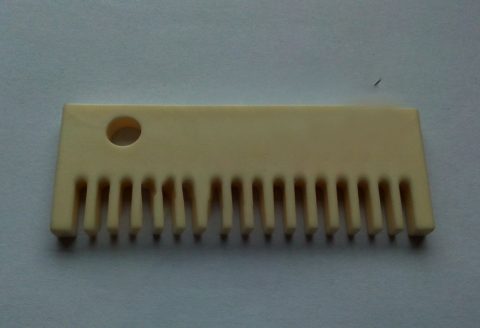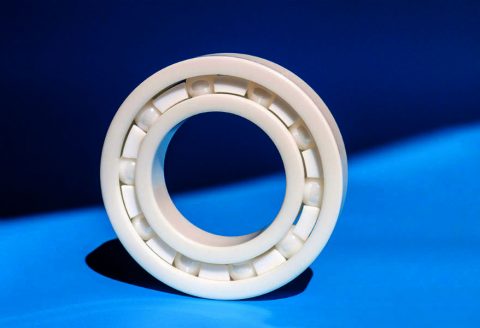Zirconia is the raw material of zirconia ceramics, so it determines the performance structure of zirconia ceramics. There are many advantages of zirconia, and its usage and advantages are also different in different fields.
Zirconia is the raw material of zirconia ceramics, so it determines the performance structure of zirconia ceramics. There are many advantages of zirconia, and its usage and advantages are also different in different fields. What are the advantages of zirconium dioxide? Advantages of zirconia In terms of structural ceramics, zirconia ceramics are widely used in the field of structural ceramics because of their high toughness, high flexural strength, high wear resistance, excellent thermal insulation properties, and thermal expansion coefficient close to steel. .
Mainly include: Y-TZP grinding balls, dispersing and grinding media, nozzles, ball valve seats, ceramic rings, zirconia molds, miniature fan shafts, fiber optic pins, fiber optic sleeves, drawing dies and cutting tools, wear-resistant knives, Clothing buttons, watch cases and straps, bracelets and pendants, ball bearings, light bats for golf, and other room temperature wear-resistant parts. The advantages of zirconium dioxide are in functional ceramics, and its excellent high temperature resistance is used as induction heating tubes, refractory materials, and heating elements.
Zirconia ceramics have sensitive electrical performance parameters and are mainly used in oxygen sensors, solid oxide fuel cells (SOFC) and high temperature heating elements.
The advantage of zirconia has a high refractive index (N-21^22), adding certain coloring elements (V2O5, MoO3, Fe2O3, etc.) to the ultra-fine zirconia powder, it can be made into colorful translucent Polycrystalline ZrO2 material, shining like a natural gemstone, can be made into various decorations.
In addition, the advantages of zirconium dioxide are being widely used in thermal barrier coatings, catalyst carriers, medical care, health care, refractory materials, textiles and other fields.


